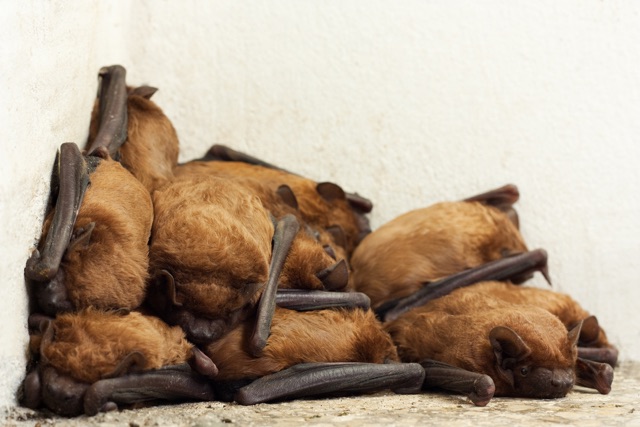
Bats are intriguing animals that play an important role in our ecology. Bats roosting in your attic, on the other hand, might be a source of concern due to potential health hazards and property damage. Bat-proofing your attic is critical to maintaining a secure and pleasant living environment. In this post, we will look at the top five bat-proofing ways for keeping bats out of your attic while protecting the health of these valuable animals.
Perform a Thorough Inspection
The first step in bat-proofing your attic is to conduct a thorough check. Look for probable entry sites for bats into your home. Roof gaps, vents, chimneys, and eaves are all common access locations. Identifying these gaps can help you decide where to concentrate your bat-proofing efforts.
All entry points must be sealed.
Once the access locations have been located, it is time to seal them off. To fill gaps and crevices, use long-lasting materials such as steel mesh, hardware cloth, or weather-resistant caulk. Bats can enter via openings as small as a quarter-inch, so keep an eye out for them.
Set up One-Way Exclusion Devices.
Exclusion devices are a safe and effective way to bat-proof your attic. Exclusion cones or netting, for example, allow bats to leave the roost but prohibit them from returning. Install these devices across the primary access points to ensure that bats can safely leave but not return to the attic.
Overhanging tree branches should be pruned.
Overhanging tree branches may be used as bridges by bats to gain access to your attic. Trim back tree branches near your rooftop to avoid potential bat paths. By keeping trees at a safe distance, you make it more difficult for bats to enter your attic.
Set up Attic Vent Covers
Bats frequently enter through attic vents. Install fine mesh screens over attic vents to keep bats out. These screens allow for optimum airflow while keeping intruders at bay.
Provide Alternative Roosting Locations as a Bonus Tip
Provide alternative roosting areas for bats outside your home. Install bat houses in nearby regions to provide bats with a safe and enticing habitat. Bat houses provide a suitable environment for bats, encouraging them to sleep outside of your attic.
Bat-proofing your attic is critical for ensuring a secure and healthy living environment while also honouring bats’ ecological importance. A careful inspection, sealing all entry sites, and installing one-way exclusion devices are all efficient ways to keep bats out of your attic in a humane manner. Extra levels of protection can be added by trimming overhanging tree branches and installing attic vent screens. You can coexist happily with these essential species while protecting your house and family by using these bat-proofing strategies.
It is critical to underline that bat-proofing should be done carefully and with the utmost regard for bat welfare. Bats are critical for bug control and pollination, and their conservation is critical for ecological equilibrium. If you are unable to handle a bat infestation on your own, consider hiring professional wildlife control services for experienced assistance in a compassionate and environmentally friendly manner. By bat-proofing your attic and promoting bat conservation activities, you can safeguard your house while also supporting the vital role that bats play in our environment.
